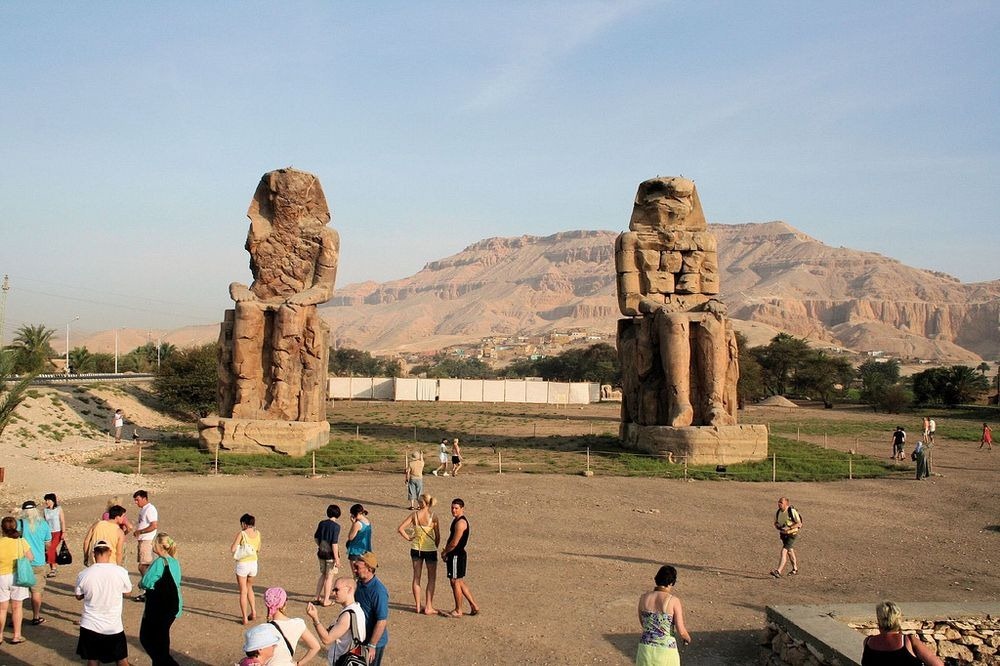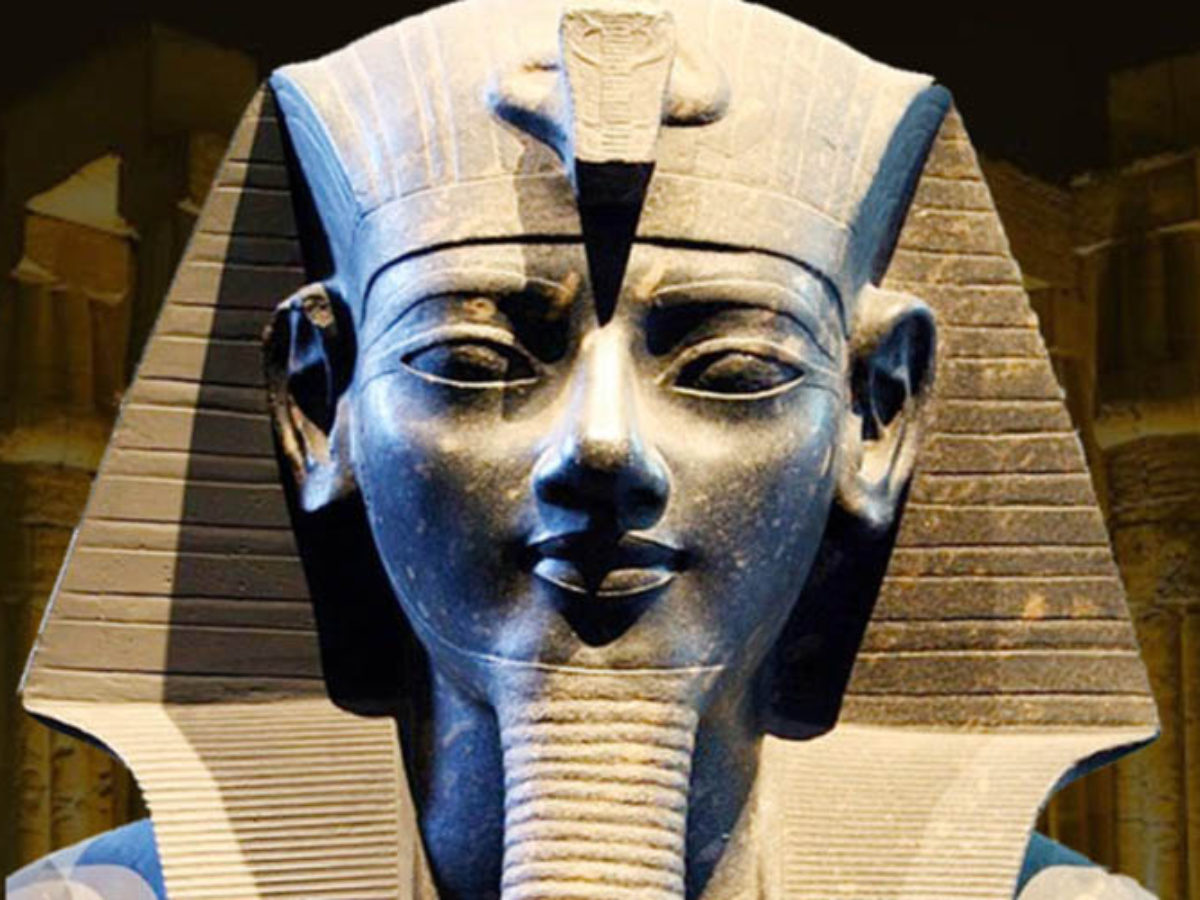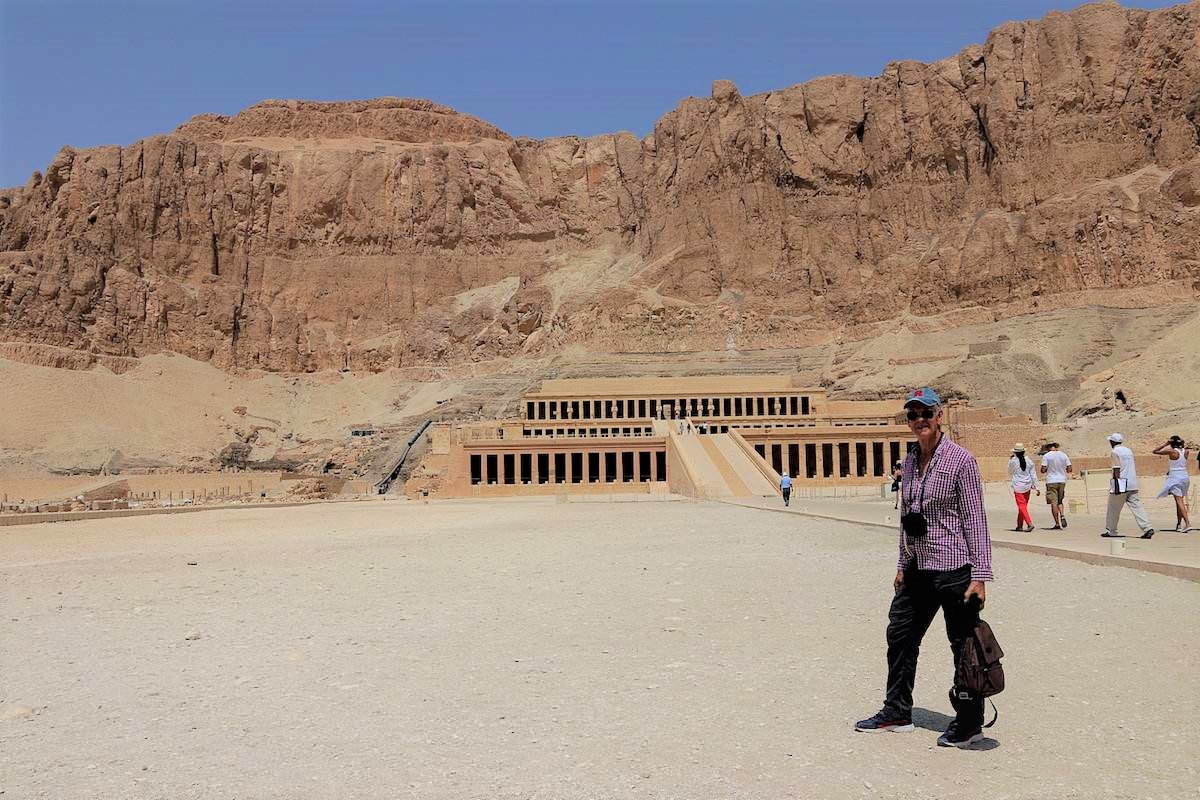The deadly Coronavirus pandemic has locked everybody in their houses and no one can travel anywhere and yes it is essential at this crucial time. Travelling overseas might be unsafe. Though it is recommended to stay at home this is the only way to mark yourself safe from COVID-19 and let your passport take some rest too!
As we all know, passing time in self-quarantine is quite difficult for everybody, especially if you are a travel enthusiast. But here at indiaimagine.com, you can experience and explore any destination without even leaving your home! But how? Through our blogs!😊
Today virtually experience the Colossi of Memnon, the most popular and the only remains of the ancient temple of King Amenhotep III in Egypt, so stay calmly on your couch and read this blog.
Talking About Egypt First
Egypt is acknowledged for its ancient ruins and outstanding historical architectural beauty. Its architectural monuments are like watching oasis in the land of the desert. However, there are many other attractions in Egypt. From surreal rivers and wide beaches with golden sand, remarkable Egyptian architecture and natural remedies. Egypt is definitely a bucket-list worthy country. For reading more about Egypt, the link is given below.
Read More here: Top-Rated Tourist Attractions in Egypt
Colossi of Memnon
Colossi of Memnon is a popular attraction of Egypt from Graeco-Roman times and till now it has not lost its fame. These remarkable ancient states- Colossi of Memnon are located in the Theban Necropolis at the modern city of Luxor, Egypt.

The statues are covering an area of 350,000 m² and considered as the worship assembly of Amenhotep III as a god during his period of ruling and after his death too. The temple consisted of many large courts and contained many smaller stone statues of mysterious people.
Overview of Colossi of Memnon
These Egyptian statues have persevered for 3,400 years and were an acoustic wonder of the ancient world. The Colossi of Memnon which are also known as el-Colossat or el-Salamat. These monumental statues are symbolising Amenhotep III who belongs to the 18th Dynasty of Egypt.

These singing statues depict the seated king on a throne adorned with a portrait of his mother, his wife and other symbolic carvings. The figures are rising above in the sky at a height of 18 meters and weigh 720 tons each and are carved from single blocks of sandstone.
Who was Memnon?
Memnon was a famous Greek from Homer’s “The Iliad: Agamemnon” and get popularity from the Trojan War. He was also an Ethiopian king, after his death, his mother Eos known as the goddess of dawn mourned Memnon’s death by shedding tears or every morning. So the singing Colossi of Memnon was named for Eos dead son- Memnon and attracted many visitors every year towards Egypt.
Why Statues are Known as Vocal Memnon?
In overview, I have already told you that the statues were dedicated to King Amenhotep III and they were recognised as the “Memnon Statues” or “Vocal Memnon” or “Singing Statues”. The reason behind these names is the mythological link between the statues and several Greek myths. Centuries ago it was believed that the high-pitched noise originating from the Colossi was the sound of a mother Eos who was crying for her son- Memnon.

The Colossi at Memnon was so named because there really was a time when, on some days at sunrise, from one of the statues high-pitched sound arose. Then Greeks and Romans have attached to the “singing” to Eos who was Memnon’s mother, mourning for her son.
History of Amenhotep III & the Glory of Egypt
Amenhotep III lived during the period of the New Kingdom in which Egypt became a country of international power and wealth. His father, Thutmose IV (1400-1390 BCE), left his son a wealthy and stable empire of sufficient money. He was only twelve years old when he came to the royalty and married Tiye, she was given the title of Great Royal Wife, an honour which was not even awarded to Amenhotep III’s mother Mutemwiya. This royal couple of impressive power was given as guardians for Amenhotep’s mortuary complex. Later, the complex was demolished and turned out to be ruined due to earthquakes and floods in Egypt.
The Grand Mortuary Complex at Colossi of Memnon
Mortuary complex constructed by Amenhotep III was larger and most prominent building ever made in entire Egypt. At the time of its construction, it was more magnificent and awe-inspiring than the ‘Temple of Karnak’. It stretched over an area of 86 acres and comprised numerous rooms, halls, porches and elevations which probably mirrored the vision of the Field of Reeds, the Egyptian paradise.

Summing up here but, studies of many researchers and scientists showed that the cause of the sound was due to a rise in heat and moisture due to the desert area of Egypt. The confirmation on this aroused when a Roman emperor, Septimius Severus, repaired the damage caused by the earthquake in the first or second century and thus the sound disappeared.
So if you already visited this destination then share your experience with us and also comment below what you liked about this post.
Also Read: Las Coloradas- The Land Of Pink Lakes And Pink Flamingo

